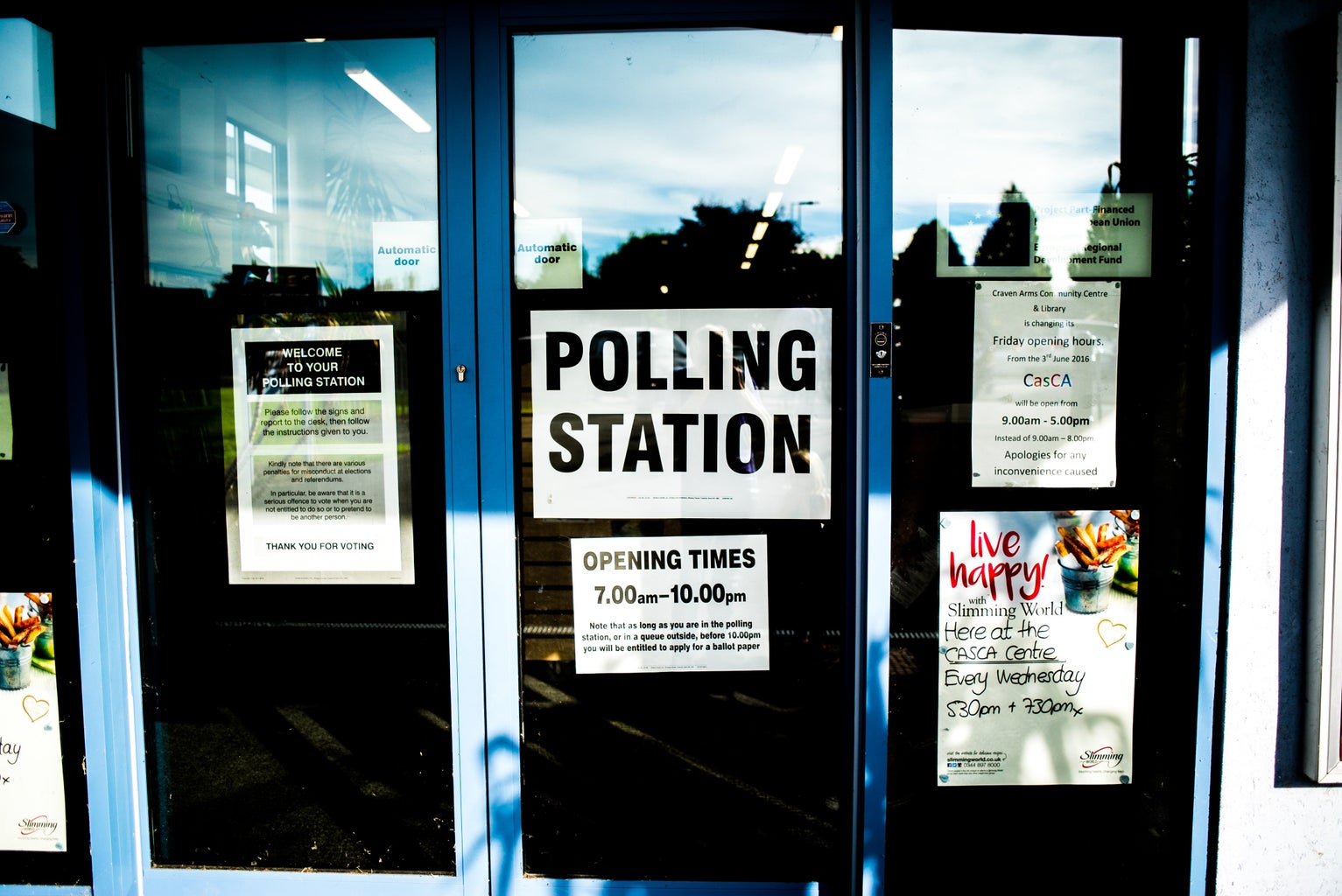MediaWise is a nonpartisan organization that educates students on literate voting. Their goal by the 2020 election is to teach one million students how to “separate fact from fiction.” To do this, they travel around the country and visit universities, bringing along ambassadors that aid in their mission. On Friday, Jan. 24, MediaWise visited the University of Iowa – along with YouTuber and activist Tyler Oakley – to talk with students about how they can distinguish fake news from real fact when researching presidential candidates.

The workshop began with a Q&A with Oakley himself. Not only has Oakley amassed over 8 million YouTube subscribers, but he is also an author, actor, activist, podcast host, and LGBTQ+ advocate. He is also the most genuine and hilarious celebrity I’ve ever met. In fact, my favorite quote from the event was Oakley being asked about misinformation online, to which he first responded: “Miss Information could be a good drag name.”
Oakley has a passion for media and voting literacy, leading him to partner with MediaWise and educate students because “The more people know, the more people are educated, the more people understand the difference between fact and fiction, the better we’re [Americans] all going to be.”
Civic participation, especially by young people, is important to Oakley, but he says the overload of information online since the 2016 election has hindered our ability to be knowledgeable. The first step to being knowledgeable is breaking out of our social media echo chambers. “We’re only hearing the people we want to hear, over and over,” and therefore not consuming any content that may challenge our perspectives, Oakley says.
MediaWise agrees with Oakley, and employees Alex Mahadevan and Heaven Taylor-Wynn explained how to validate online information by asking three main questions. These questions can prevent audiences from clicking the share button before making sure the information is real. This is especially dangerous when the information affirms your world view since you are more likely to share content that you already agree with.
The first question to ask is: who’s behind the information? “If all else fails – go directly to the source,” Taylor-Wynn says. Did you know robots actually post on Twitter? They’re called Twitterbots and they are meant to engage users and increase their impressions. Spotting a Twitterbot is pretty easy: they have no followers or many fake followers, post often at set intervals, post similar content with many hashtags, and their posts come from the Internet rather than a phone or mobile device. A 2015-2018 NYU study found over 187 billion engagements on Instagram from Russian troll farms meant to disinform the public.
Companies often pay influencers to create content that sells a specific product. This product could be a physical product, or it could be an ideology. Simply looking to see if a post is an advertisement or not can affect the way you perceive the message. Instagram, for instance, allows paid political ads, but it also has an ad transparency regulation that requires information such as location, targeting, and spending to be public information. Snapchat also has ad transparency on its political ads.
Next, you should ask: what’s the evidence? Videos and images can be taken out of context or altered to portray a specific message. A manipulated video may appear to show a politician drunk, but actually the video may just have been slowed down and cut. Images are easily photoshopped. Stories may have fake quotes or could be entirely made up. If the post seems too crazy to be true, double-check the evidence and search other platforms for more proof.
Deepfakes use CGI, or computer-generated imagery, to make a person appear to say something that they never said. If you haven’t seen this video of Adele, go check it out and see just how easy it is to believe a deepfake. Video deepfakes are especially compelling, but even audio is able to be faked by splicing different audio segments together. AI, or artificial intelligence, can generate text online, and Nikhil Sonnad even wrote an article on how a single bot made a million comments against net neutrality appear to be real.
Finally, ask: what are other sources saying? Are other platforms saying the same thing? Have any major news organizations covered a story on this topic? When something crazy pops up on your Twitter or Instagram feed, it can be difficult to exercise click-restraint, MediaWise says. Nevertheless, before you share or like that post, do a quick Internet search. Check to see if other platforms wrote articles about the same topic. Check news organizations and see if there is already a story that proves or disproves this post. Overall, air on the side of caution in order to avoid sharing a fake story.






